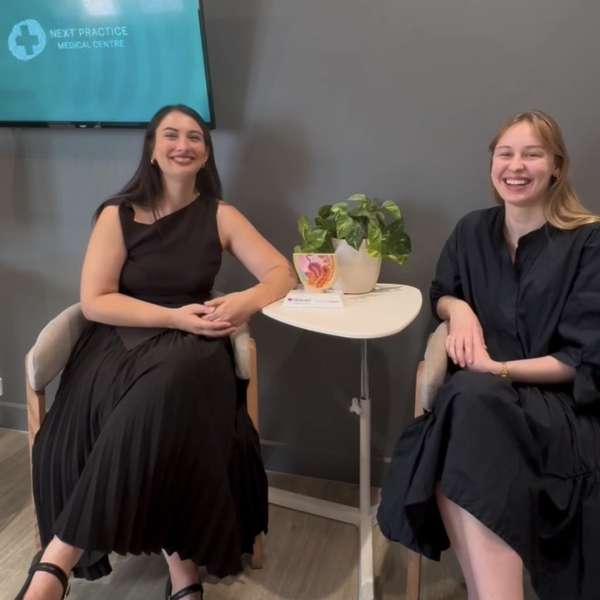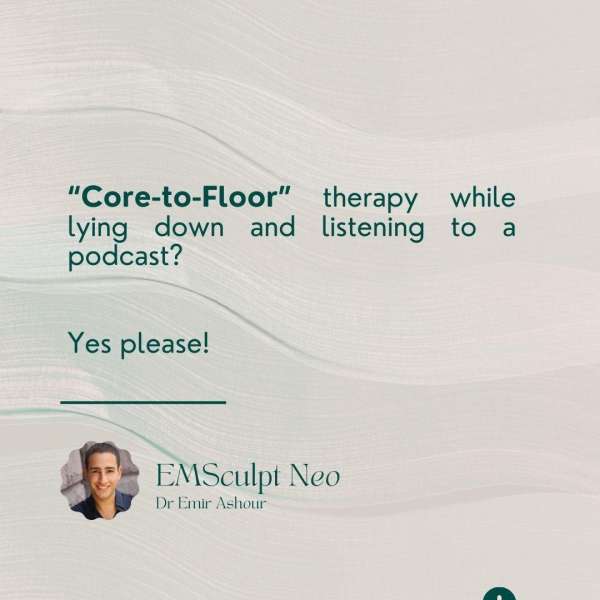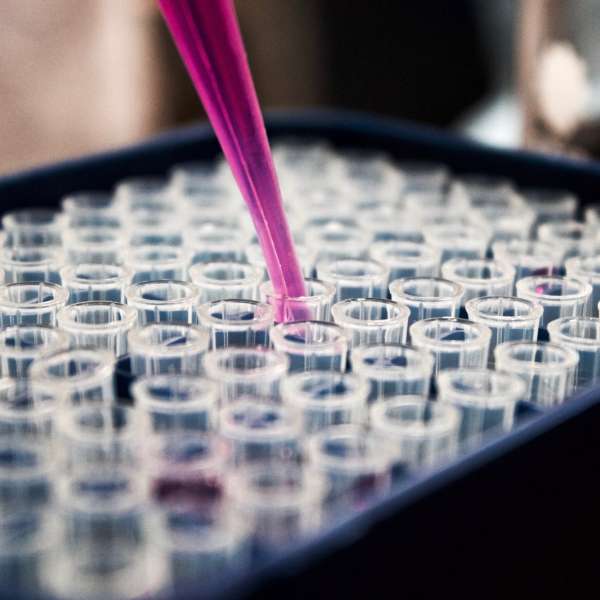Latest Prahran, VIC News
What are you feeling grateful for today? 🍂
The sunshine today brings a sense of calm, warmth and gratitude. Practicing gratitude, even in small ways, can be powerful for your mental health — helping to shift focus from what’s missing to what’s meaningful.

Never Miss A Beat ❤️
It's Heart Week! 🫀Heart Week is a national campaign run by the Heart Foundation to shine a spotlight on the... read more

🚀 Always Innovating in Health Tech! 🚀
Dr Gihan is on the ground at the HIMSS25 Global Health Conference & Exhibition in Las Vegas—one of the biggest... read more

⚠️ Measles Outbreak in Victoria – What You Need to Know:
A measles outbreak has been identified in Victoria, with two new cases detected in metropolitan Melbourne. These cases had no... read more

Cheers to Dr Liam! 🍻
Last Wednesday night, we raised a glass (& parma) to celebrate an incredible 5.5 years with Dr Liam and wish... read more

We’re thrilled to introduce EmSculpt Neo at Next Practice Prahran, in collaboration with Dr Emir Ashour!
Stronger. Healthier. More Confident. 💪✨ read more

Happy 6th Birthday to us!
On Tuesday the 18th of February, we celebrated six years of caring for our incredible Prahran community! From day one... read more
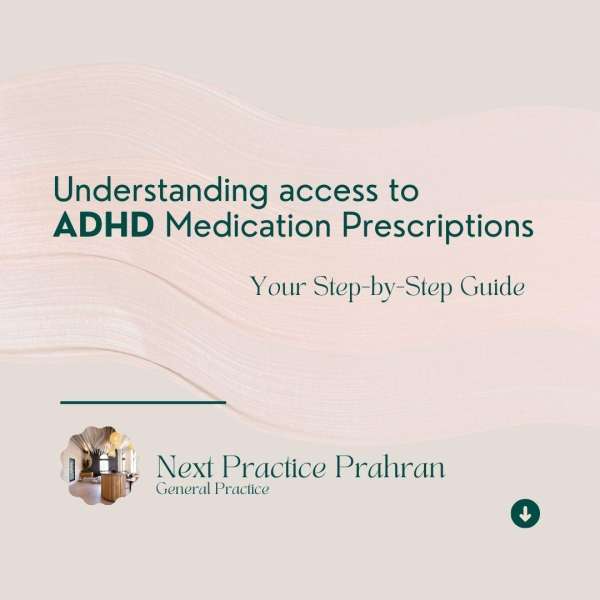
Accessing ADHD Medications Guide
Navigating ADHD medication prescriptions can feel complex, so here's a step-by-step guide to help you through the process with your... read more
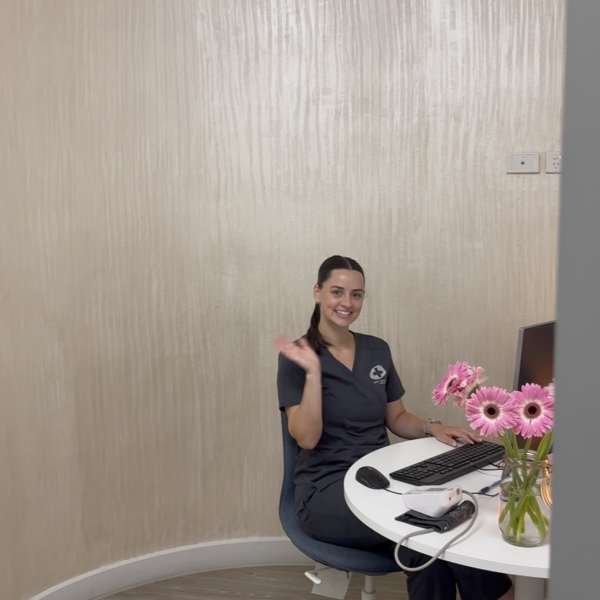
Happy Primary Health Care Nurses Day! 💖
Join us in celebrating our incredible practice nurses, Amelia, Kiki & Sheri. Thank you for the invaluable impact you make... read more

📱💻 Did you know we offer telehealth appointments?
Whether you prefer a phone or video consultation, we’ve got you covered! read more

🧡 We're bringing the Life! program to our clinic – and it's free!
We were thrilled to welcome Wendy from Diabetes Victoria to our clinic this week to discuss the Life! program—a free... read more

Medicines and Pregnancy: What You Need to Know - from Dr Nisha Iyer
If you're pregnant or planning to become pregnant, it's natural to have questions about which medicines are safe to use... read more

Let’s stand together for visibility, inclusion, and pride. 💜✨
🌈 Our team was and is proud to celebrate Trans Day of Visibility on the 31st of March (and everyday)... read more

2025 Flu Vaccines Available!
Our 2025 flu vaccines are now available for $20, with bulk-billed consults for Medicare cardholders. Government funded vaccines also available... read more

🕒 Daylight Saving Costing You Sleep?
If you’re feeling a little out of sorts this week, you’re not alone! Daylight saving ended last weekend (Sunday ... read more

We spy Dr Gihan de Mel shaping the future of healthcare!
Over the weekend, our very own Dr Gihan attended the 2025 RACGP Hackathon in Sydney — a space where GPs... read more

🚨 Supporting Diabetes Management with FreeStyle Libre
At our practice, we understand how important it is to manage diabetes effectively and comfortably. That’s why we offer the... read more

At the heart of our clinic is our amazing team, working together to make your experience as comfortable as possible. 💛
Our 'living room' front desk is designed with a welcoming, circular layout, breaking down the barriers of a typical clinic. read more
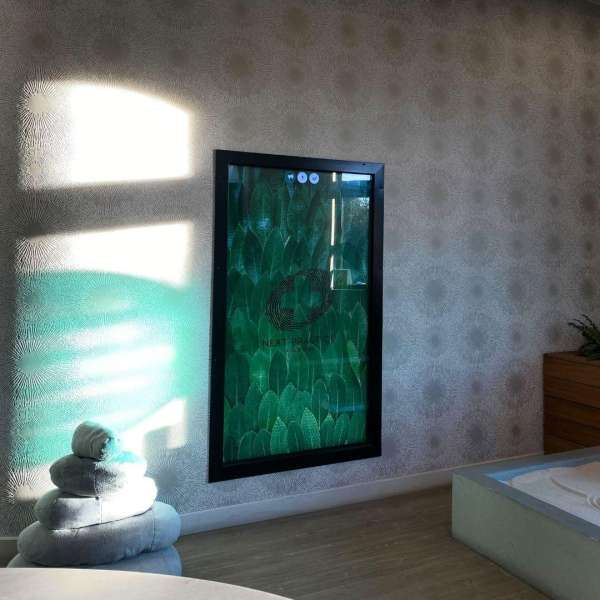
🌦️ Spring has sprung - kind of?
Although the weather might be cloudy now, we’re looking forward to the sunshine making its return. read more

Now offering specialised care for sprains, fractures, and musculoskeletal injuries!
💥 Injured? Dr Nick Titheridge has got you covered! read more

IUD Procedures don't need to be as daunting as they seem
At Next Practice Prahran, we believe in making healthcare more accessible, affordable, and stress-free for everyone – and that includes contraception! 💗 read more

What's the team currently reading?
How wholesome is this candid snap of Dr Lauren and Sunny enjoying a book on their lunch break? Totally unplanned... read more

Waiting for your GP appointment just got a whole lot more fun!
Did you know it’s totally normal to feel a bit anxious at the doctor's office? Some people even experience white... read more

🌟 Team Member Spotlight: Dr Sol Adibson - General Practitioner 🌟
With special interests in family medicine, mental health, skin procedures and women's health including IUD procedures, Dr Sol is a... read more

🌈 This #nationalcomingoutday, we stand proud as allies and supporters of the LGBTQI+ community. 💙💜💚
Coming out is a deeply personal journey, and we acknowledge the courage it takes to be your authentic self. Whether... read more

Expert Fracture and Sprain Care at Next Practice Prahran
Got a sprain or fracture slowing you down? We are here to help you heal faster with expert, custom-fit care... read more

Teamwork makes the dream work!
Today we had our team huddle and clinical meeting, and also had the pleasure of celebrating a special milestone –... read more

Who’s excited for Spring but feeling a bit uneasy about pollen season? 🌸
From October (tomorrow!) to December, pollen is in full swing, and while avoiding it completely is tough, you can reduce... read more

Celebrating International Day of Kindness: A Simple Gesture Can Go a Long Way
At Next Practice Prahran, we believe in the power of small acts of kindness to create a ripple effect that... read more

Next Practice Prahran is now on TikTok! 🎬
As part of our mission to connect with our community, we’re jumping into the world of TikTok. read more
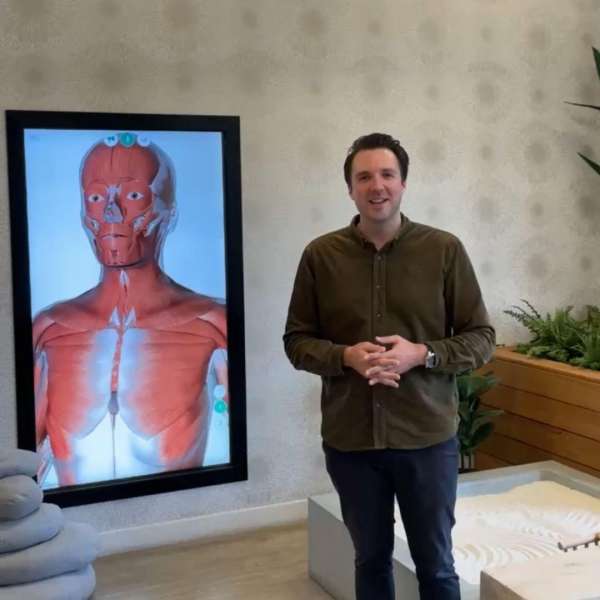
Wellness Week
Did you catch our Instagram takeover on @chapelprecinct for Wellness Week last week? 🌱 read more

Where in the world are you from?
Help our practice provide the best care to you and your family. read more

World Immunization Week 2024
🌍💉✨ It's World Immunization Week 2024! At Next Practice, we're proud to let you know about our ongoing initiative, Next... read more

White shirts for Ovarian Cancer Awareness Day
On May 8th, our team proudly wore white shirts in support of White Shirt Day, a day dedicated to raising... read more

Welcome Dr Sol Adibson!
Exciting News Alert! 🎉 Welcoming Dr. Sol Adibson to our Next Practice Prahran family! 🌟 read more

Celebrating International Women's Day
March 8th marks International Women's Day, a time to celebrate the incredible achievements and resilience of women worldwide! 🌟 read more

Did you know we have an onsite Melbourne Pathology clinic open Monday-Friday from 8am to 1pm?
Meet Sara, our incredible Melbourne Pathology collector! read more

🌟 What is Shared Maternity Care?
With shared maternity care, the Royal Women's Hospital and your chosen GP (Dr. Nisha Iyer), obstetrician, or community midwife ‘share... read more

Worried you haven't had your Flu Vaccine? It's not too late!
Vaccination is key to protecting yourself, your friends, family, and communities from the flu. It's never too late to get... read more

🍼👶🌸 Farewell (for now), Kiki! 🌸👶🍼
Last week Nurse Kiki had her last day with us before she headed off on maternity leave. read more

🌟 Welcome Dr. Nick Titheridge! 🌟
We are thrilled to welcome Dr. Nick Titheridge to our team! Dr. Titheridge will be available on Tuesdays, Wednesdays, and... read more

10/12/2024 - the 76th anniversary of the Universal Declaration of Human Rights. 🌍
At Next Practice Prahran, we believe that every individual has the right to autonomy, safety, health, and freedom from discrimination—cornerstones... read more

Catch feelings.. not chlamydia
What Is Chlamydia?Chlamydia is an STI caused by Chlamydia trachomatis bacteria. It often doesn’t show symptoms, which is why it’s... read more

Easy, Onsite Holter Monitoring available at Next Practice Prahran
Hi, I’m Nurse Amelia! Did you know we offer a 24-hour Holter monitor service right here at Next Practice Prahran... read more

🌟 Team Member Spotlight: Dr Nick Titheridge! 🌟
Meet Dr Nick Titheridge, our newest member of the team! With a career that spans emergency medicine, obstetrics, orthopaedics, and... read more
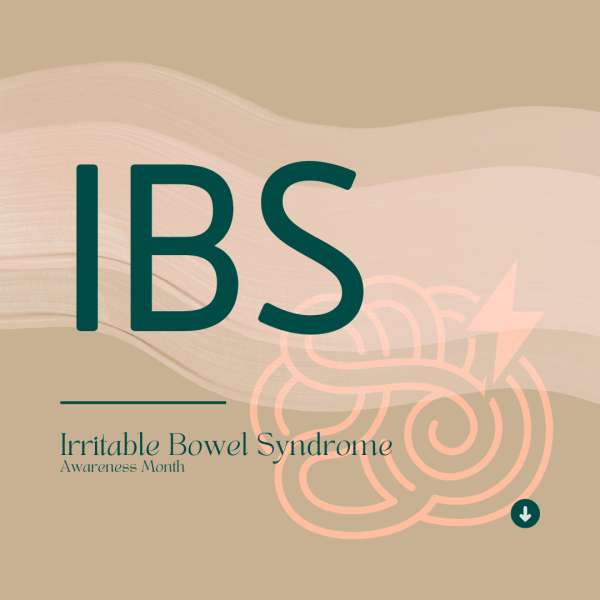
🌱 Understanding IBS: A Closer Look at Digestive Health 🌿
As your local GP clinic, we're here to guide you through the intricacies of Irritable Bowel Syndrome (#IBS) – especially during read more

FYI - poochies very welcome to attend the practice for your next appointment.
Especially if our team gets a cuddle. 🐾 read more

2024 Flu Vaccines Now Available!
🌟 Dr Lauren Healy and our team are excited to announce that the 2024 flu vaccines are now available at... read more

Practice Information Available
Did you know that the Practice Policy regarding collection, storage, use, and discloser of your personal and health information if... read more

My Medicare
Registration in MyMedicare will provide a formal signal to your practice and your GP that you see them as your... read more

Newborn and Paediatric Appointments
Often families find standard or even long appointments are not enough time to thoroughly address particular concerns for their little... read more
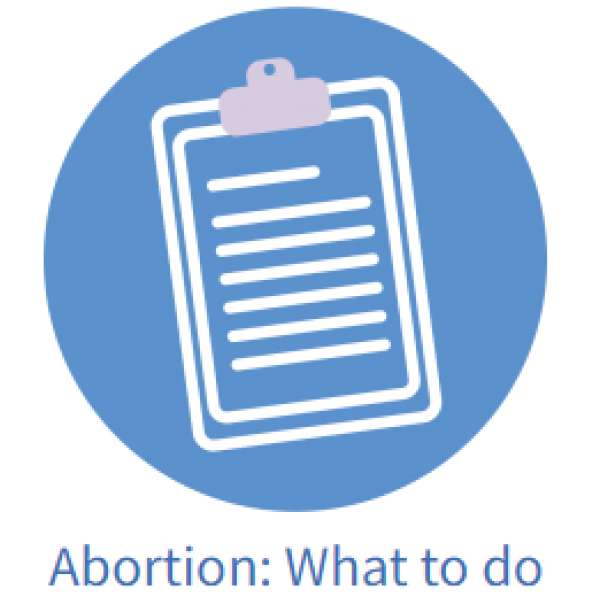
Medical Termination of Pregnancy (MTOP)
Next Practice Prahran offers Medical Termination of Pregnancy (MTOP), commonly known as abortion. read more

A Multilingual and Diverse Medical Team at Next Practice Prahran
Embracing Linguistic Diversity: Next Practice Prahran's Multilingual Medical Team. read more

Introducing Dr Marcus Chen
"I am especially passionate about guiding patients in their health journey by providing the knowledge necessary for people to best... read more

🔍 Stay Informed About Medicare Changes! 🔍
Confused about the recent Medicare changes? We've got you covered! At Next Practice our priority is to provide you with... read more

Anti-Wrinkle injectables - Dr Yuan Gao now offering
Unlike many other skin clinics, at Next Practice Prahran you will only have a consultation and administration of your anti-wrinkle... read more

Navigating Follow-Up Appointments: A Guide to Transparency and Patient Empowerment
In our commitment to providing exceptional healthcare, we appreciate the feedback from the patients on topics like charging transparency, disclosure... read more

Embracing Diversity: Next Practice Prahran, Your Queer/LGBTIQA+ Friendly Healthcare Haven!
🌈 Welcome to Next Practice Prahran, where your health is our priority, and your identity is celebrated! 🌟 read more

Your Feedback Matters! 🌟
We understand that waiting can be frustrating, and we want to make your experience with us as smooth as possible... read more
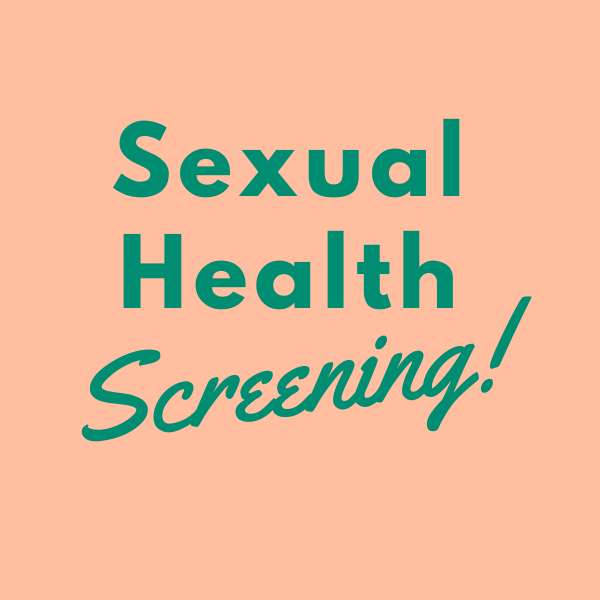
Sexual Health Screening
What is a Sexual Health Screening? Also known as a sexual health check-up or STD/STI testing, involves a series of... read more

Understanding Mpox (Monkeypox) and the Importance of Vaccination
Next Practice Prahran is taking proactive steps to protect the community by offering the Mpox (Monkeypox) vaccine to all eligible... read more

Introducing Dr Lauren Healy - GP
Dr Lauren Healy is a warm and caring GP who enjoys all aspects of general practice, particularly women’s health, children’s... read more

World Immunisation Week 2023
It's World Immunisation Week, and we want to remind everyone about the importance of vaccines! Vaccines are one of the... read more

DIET, STRESS & YOUR SKIN
Did you know the condition of your skin can reflect what you put in your body. A number of chronic... read more

Now Offering SkinPen Microneedling
SkinPen Precision is a microneedling device that utilises Collagen Induction Therapy to treat acne scars and fine lines & wrinkles... read more

Escaping Winter Illness
Here are some tips for staying fit and healthy this winter, to shake off the chills and sluggishness and THRIVE! read more
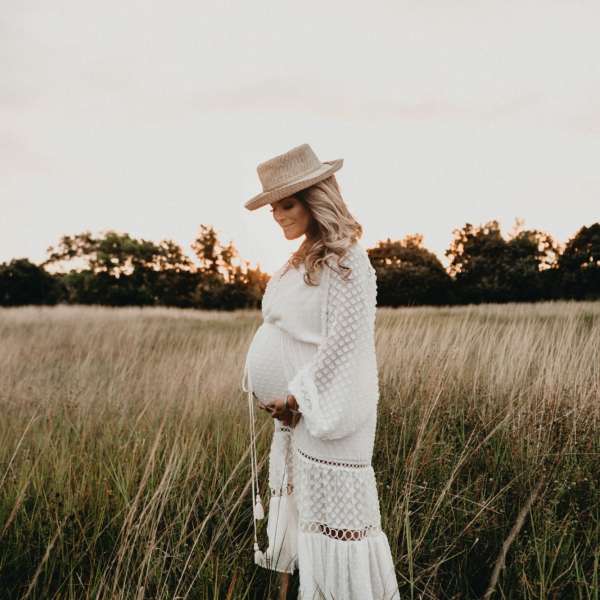
Shared Maternity Care
Are you in need of Shared Maternity Care? Dr Nisha Iyer is now accredited to provide shared maternity care for... read more

Wellness Appointments
It's time to prioritise your health and wellness.A Wellness Appointment gives you and your GP space to have an open-minded... read more

Meet the Dietitian Brittany Andreola
Qualifications: Accredited Practising Dietitian and Accredited Sports DietitianAvailable: WednesdaysSpecial interests: Performance Nutrition (recreational and elite), Disordered and Eating Disorders and... read more

Banana & Peanut Butter Overnight Oats
Healthy Breakfast Idea recommended by Dietitian Loren read more

Are quick oats not as nutritious as rolled oats?
Quick oats (also known as instant oats or microwavable oats) are just as nutritious at traditional oats and are super... read more

Let’s talk about your contraception
Do you need contraception? Do you use contraception? What influences your choices when thinking about your options? There’s lots to... read more

A conversation could change a life
Trust the Signs, Trust your Gut and Ask R U OK?#RUOK? Day 2020. read more

Your Care Plan Appointment
This article will explain what your care plan appointment will involve. read more

Mental Health and your GP
So what does a mental health discussion look like with one of the GPs at Next Practice Prahran? read more

Knocked your head?
Mild traumatic brain injury (mTBI) is an injury to the brain which results in interference with normal brain function. It... read more

Meet Dr Nisha Iyer
Dr Nisha Iyer has joined the team of Specialist General Practitioners at Next Practice Prahran. She studied medicine at Monash... read more

World Blood Donor Day - 14th June
Did you know that as little as one blood donation in your lifetime can save up to three lives? During... read more

Accepting Uncertainty
Practice owner and Occupational Therapist - Jonathon Somers takes a few minutes to discuss uncertainty and how this can produce... read more

Women's Health - "stop putting up with painful symptoms"
Dr Nisha discusses Women's health. "It's time to stop putting up with symptoms, assuming that these are normal, or that... read more

Menopause Symptom Chart
Menopause is a natural process with treatments that focus on symptomatic relief. Below is a self administered questionnaire. A score... read more

What to do if I wake up with covid-19 symptoms?
You only need to have one of the below symptoms to qualify for testing. read more

Plant based eating
There has been lots of discussion on the plant-based diet over the last few months due to the recent release... read more

Medicinal Cannabis – a natural alternative in chronic pain
For sufferers of chronic pain, the struggle to complete simple daily tasks is often overwhelming. read more

Care Plans - what they are and are not
Have you heard a lot about "Care Plans" or "Chronic Disease Management Plans" or "Team Care Arrangements"? This article will... read more

Post Workout Protein
Post workout protein DOES NOT have to be in the form of a supplement. read more

Heel Pain - How can we help?
How the doctors in Next Practice Prahran can help you with your heel pain. read more
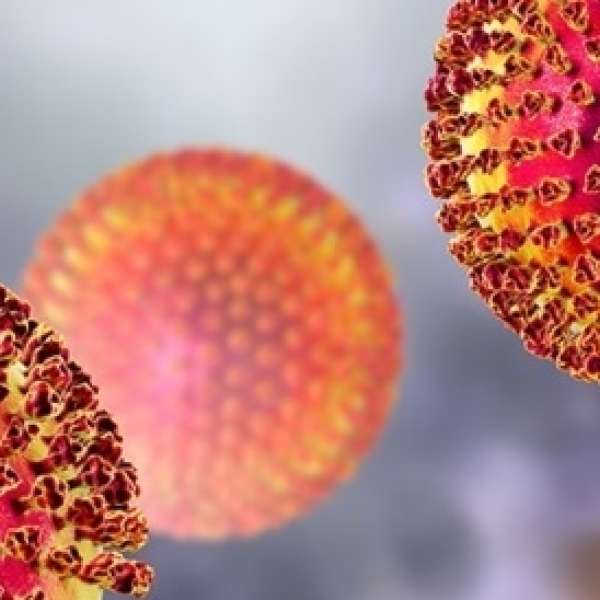
Novel Coronavirus - what you need to know
Health authorities have identified cases of novel coronavirus in Australia in January 2020. read more

It’s time for Ovary-Action
Ovarian Cancer Awareness Month is held annually in February to raise awareness of Ovarian cancer and to acknowledge and support... read more

After Hours Care
Next Practice Prahran has joined with DoctorDoctor to provide the patients after hours care. read more

The Pill is not your only option...
Let's talk contraception.... Most women are comfortable and familiar with using The Pill, though this is not always the most... read more
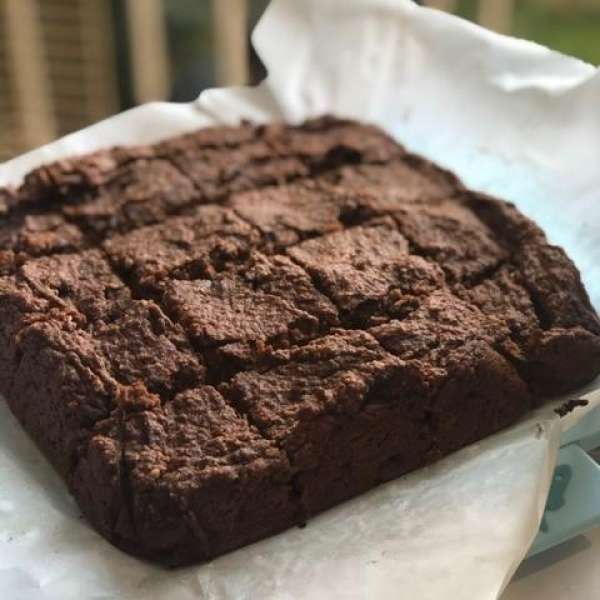
Healthy Brownies
Do you find yourself eating more snacks during isolation? Are you stuck for some sweet snack ideas that will keep... read more
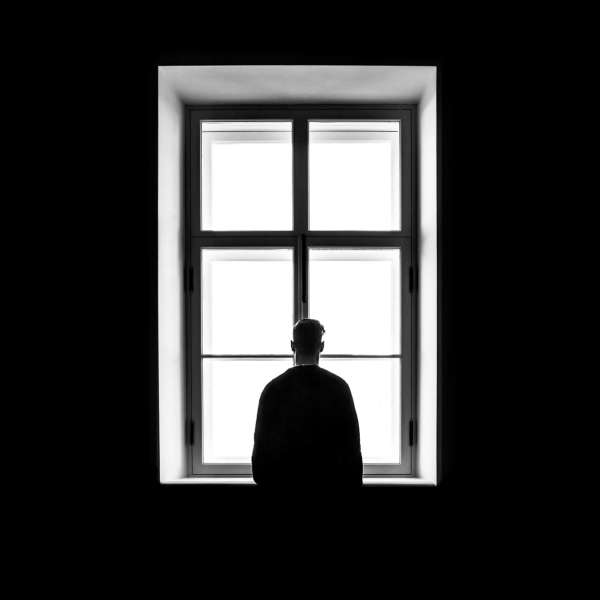
How are you feeling during covid-19?
It's important to look after your mental health during the coronavirus (COVID-19) pandemic. We recognise that many of you may... read more

Tips for staying calm, healthy, brave and together during covid-19
In terms of your physical health, the most important thing you can do is maintain basic hygiene, particularly frequently washing... read more

Preventative Care Health Check
Everyone has individual health goals, unique to them. Therefore, being ‘healthy’ can mean different things to different people. As life... read more

Its OK not to be Okay
It’s estimated that around 1 in 5 Australians are currently battling with some form of mental health issue. read more
Common conditions we work with
Together as a team, the doctors at Next Practice Prahran can provide a multitude of services and treat a number... read more

Did you know?
Did you know that before being a medical practice, this iconic building was a famous live music venue? read more

Next Practice Prahran - A Yellow Fever Accredited Practice
Yellow fever vaccinations must be provided by an approved yellow fever vaccination clinic. read more

Preventative health measures 19-39
Between the ages of 19 to 39 is a great time to focus on prevention of major health issues that... read more

Next Aid Vaccination Donations
The Next Aid program allows UNICEF Australia to procure vaccinations that eliminate preventable maternal and neonatal disease. read more

The importance of having regular skin checks
Australia has one of the highest incidences of skin cancer in the world. Approximately two in three Australians will be... read more

THE PRICE OF THE DEVICE
This week “from the doctor’s chair” Dr Vicki Nahamkes looks at the serious effects that phone addiction can have on... read more

Recovering From Trauma
Next from our clinic blog series “from the doctor’s chair”, we chat with resident GP Dr Vicki Nahamkes about the... read more
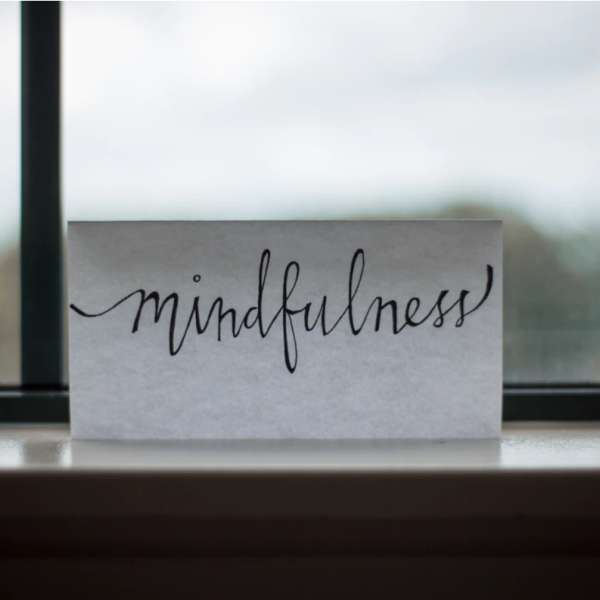
Spot Meditations
The benefits of mindfulness meditation include calming the mind, relaxing the body, improving sleep and focus, and learning to respond... read more

Why see a Dietitian?
Dietitians are professionals with the qualifications and skills to provide expert nutrition and dietary advice. They translate the latest scientific... read more

